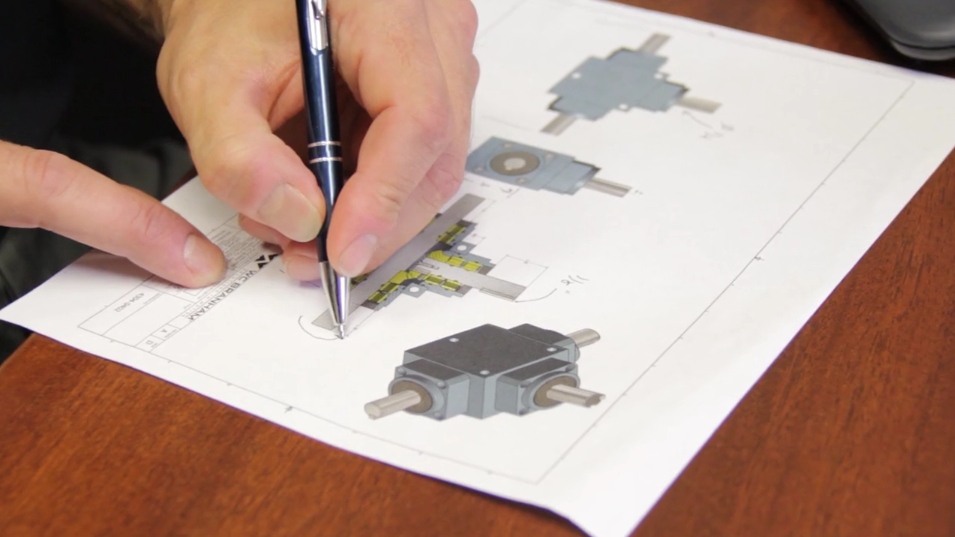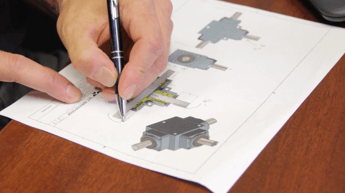
 The engineering design process is a basic progression of several steps that mimic the process used in almost any problem-solving scenario. The difference between a basic analytical problem and an engineered design problem is that an analytical problem has only one solution whereas a design problem can have many potential solutions. The job of an engineer or designer is to determine which custom product solution is the best based upon what the most desirable outcome is.
The engineering design process is a basic progression of several steps that mimic the process used in almost any problem-solving scenario. The difference between a basic analytical problem and an engineered design problem is that an analytical problem has only one solution whereas a design problem can have many potential solutions. The job of an engineer or designer is to determine which custom product solution is the best based upon what the most desirable outcome is.
1. Identification
The process begins by identifying a problem that requires an engineered solution. The first step is to identify and define what the problem is. Next, it is important to gather information, define any constraints that would impact the design and begin to imagine possible solutions to solve the problem.
2. Planning
Once you have generated a few solutions you can begin planning what you will need.
- What materials will be required?
- What manufactured products exist that can be implemented into the design?
- What are the most important criteria of the design?
At this point it is important to contact suppliers of the items you have determined are required for the design. Discuss your application with each supplier and be prepared to provide them with as much information as possible. Having this discussion can prevent possible pitfalls in the selection of products required for your design. Their experience and expertise can save you time and money as you continue with your design process.
3. Analysis
Now that you have done some research into the possible solutions you can analyze each and select one solution to proceed within your design. When selecting the manufactured products for the design you have chosen it is desirable to work with suppliers that can offer multiple solutions depending upon the constraints of your design. Just as you have identified multiple solutions to your design problem some manufacturers will have multiple solutions for you to choose from that fit your requirements of cost, availability, construction, and function.
This is especially true when you have a need for products like pneumatic cylinders, caliper disc brakes, and gear drives. Each has a wide array of products available to solve nearly any design challenge. The selection of these products can easily become overwhelming due to the vast variety that exists. Rely on a preferred manufacturer to guide you through the process and select the right product for your design.
4. Design Creation
You can now create your design and see it come to life. Throughout this process, it is important to seek ways to improve the design. Ask yourself:
- What works?
- What doesn’t?
- Could it be better?
It’s normal to have to go back to earlier steps in the design process and continually modify it to make improvements.
5. Testing
Once complete, it is often important to prototype and test the design prior to implementation. If you have worked with suppliers that have given sound recommendations your testing and implementation should be a smooth process.


